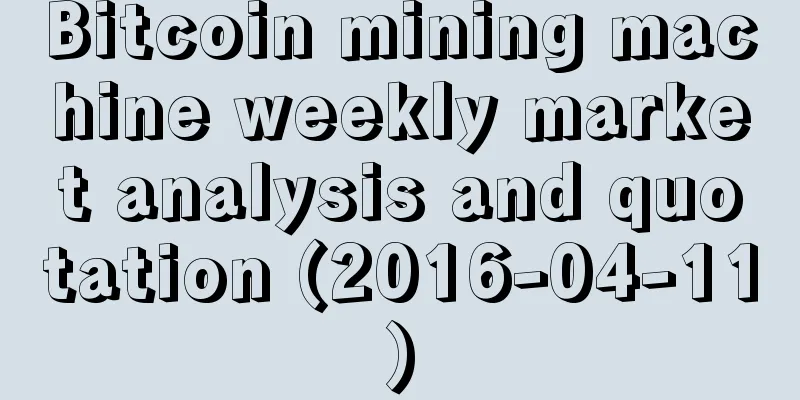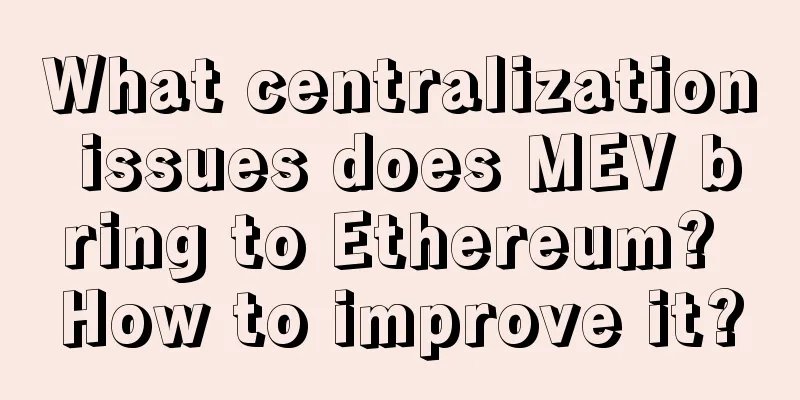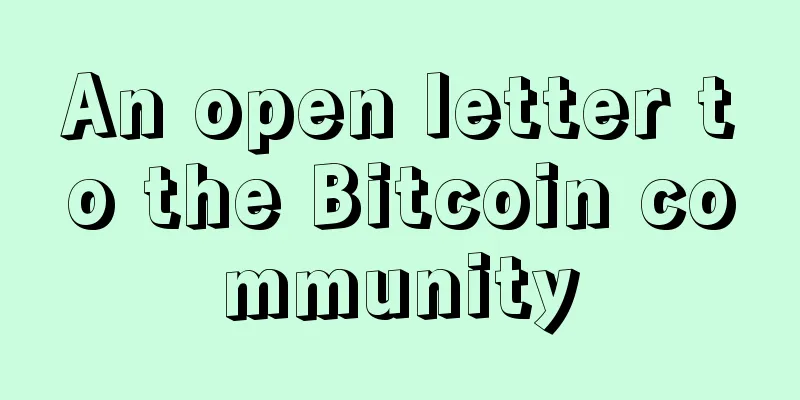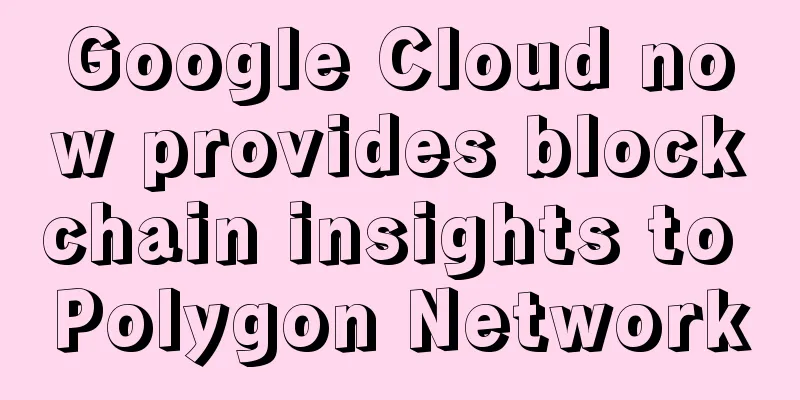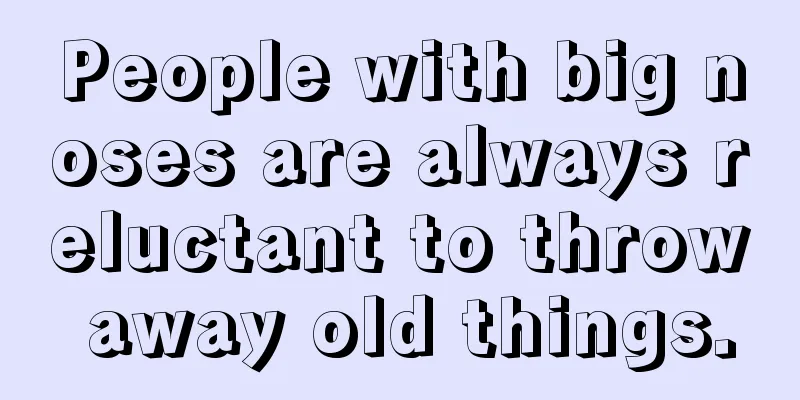Which projects are taking over from Bitcoin and becoming hot spots for Ethereum concept layout?
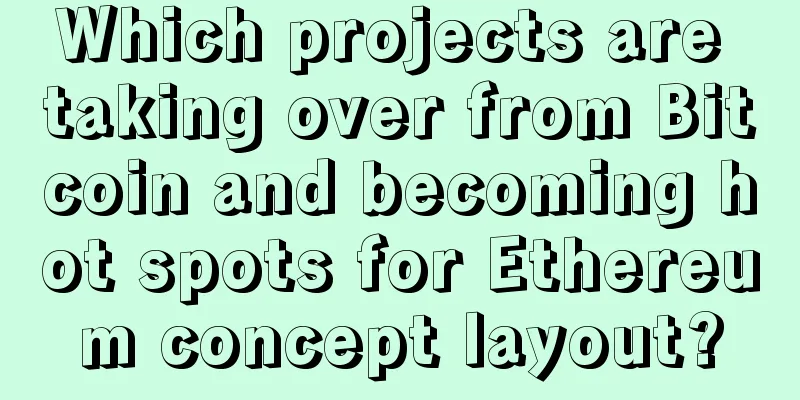
|
With the approval of the Bitcoin spot ETF, the market hype around Bitcoin came to an end. The price of BTC also fell from around $49,000 to $41,000, and community discussion and investment trends gradually turned to the Ethereum ecosystem and concepts. Previously, the BTC ecosystem ushered in a wave of surges, while Ethereum, known as the "King of Ten Thousand Chains", did not rise much, especially the L2 track currencies, which generally rose below expectations. However, the price of Ethereum has recently risen above $2,700, reaching a new high since June 2022, and related concept sectors such as L2, LSD, ReStaking, and modularization have also seen significant increases. The market generally believes that after Bitcoin, the Ethereum spot ETF will also be approved, and the upcoming Cancun upgrade is also a big plus. In the future, projects centered around the Ethereum concept will become the focus of investment. So, for investors, is now the most appropriate time to enter the market? After going through the bull and bear markets, what are the leading projects and new generation potential projects in the current Ethereum ecosystem? What are the popular and highly discussed projects around the Ethereum concept? 1. Two positive expectations: Cancun upgrade and Ethereum spot ETF 1. What is the Cancun Upgrade? On January 17, the Goerli testnet Dencun hard fork was officially completed, followed by the Sepolia and Holesky testnets. Once Dencun runs smoothly on all three testnets, it will be scheduled for activation on the Ethereum mainnet. What exactly is the Cancun upgrade? And why does it need to go through three testnet tests before being deployed on the Ethereum mainnet? The Ethereum Cancun upgrade (also known as the “Cancun-DeNeb” upgrade) is a concerted effort by Ethereum to enhance its infrastructure and address outstanding issues following the Shanghai upgrade. The Ethereum Cancun upgrade aims to introduce the concept of Proto-danksharding to improve the scalability, security and efficiency of the Ethereum network. Danksharding refers to the final stage of the Ethereum 2.0 ("Serenity" phase) upgrade, which is dedicated to strengthening data management and transaction processing. Ethereum’s Cancun upgrade was originally scheduled for October 2023, but has now been postponed to the first half of this year. The Cancun upgrade is based on four Ethereum Improvement Proposals (EIPs): EIP-4844, EIP-1153, EIP-4788, and EIP-6780. The goal of the Cancun upgrade is to increase the network's transactions per second (TPS), aiming to increase performance to 100,000+ TPS, in line with the "Surge" phase of the Ethereum roadmap. The Ethereum Cancun upgrade will bring a range of benefits, including increased transaction processing speed, reduced transaction costs, optimized data, and improved cross-chain communication. The upgrade also aims to simplify data processing and improve overall network efficiency by introducing the concept of transactions carrying blobs. Looking back at the Shanghai upgrade on April 12, 2023, Ethereum has risen significantly. One month before the upgrade, the price of ETH was $1,368 on March 7, but after the expected hype, it rose to a stage high of $2,141.54 around the upgrade date, an increase of about 56.54%. 2. Ethereum Spot ETF The increase in BTC prices brought about by the approval of the Bitcoin spot ETF was obvious to all, and the approval process of the Ethereum spot ETF has now entered the market's discussion scope. BlackRock CEO Fink said he saw the value of launching an Ethereum ETF; Matrixport said Ethereum will outperform Bitcoin in the future. But whether and when the Ethereum spot ETF will pass has become the focus of discussion. Previously, the SEC has sued multiple crypto exchanges for listing crypto assets that were deemed securities, including other L1 tokens such as SOL, NEAR, and ATOM. But none of these enforcement actions listed Ethereum as a potential security. On January 13, JPMorgan strategist Nikolaos Panigirtzoglou said in an interview with The Block that if the U.S. Securities and Exchange Commission (SEC) wants to approve the Ethereum ETF spot in May, it needs to classify Ethereum as a commodity (similar to Bitcoin) rather than a security. But this is far from certain, and he believes that the probability that the SEC will classify Ethereum as a commodity before May is no more than 50%. However, the analyst also said that the SEC had approved the Ethereum ETF that holds commodity futures contracts in October last year, providing clear information that Ethereum is considered a non-security. According to information disclosed on the SEC’s official website, the final approval deadline for the Ethereum spot ETF is May 23. 2. Ethereum concept projects worth paying attention to Multiple crypto research institutions generally believe that the Cancun upgrade is the most important benefit for Ethereum in 2024, and the resurgence of Ethereum will also promote the prosperity of the L2 ecosystem and bring about the popularity of LSD, ReStaking, modularization and other tracks. 1. L2 On January 12, according to L2BEAT data, the total locked volume (TVL) of Ethereum Layer2 exceeded US$23 billion, setting a record high. At present, the L2 track is highly competitive, and new and old public chain projects have their own advantages and disadvantages. For investors, while being familiar with an old public chain, they should also pay close attention to the trends of emerging forces. In general, the L2 projects worth paying attention to are: Polygon (MATIC): The Polygon network uses Plasma technology to process off-chain transactions and then record them on the Ethereum chain to achieve a high transaction throughput. In theory, Polygon can process 65,536 transactions per second on a sidechain at close to zero fees. Some well-known projects such as Aavegotchi, Decentral Games, Easyfi, Neon District, Polymarket, and SushiSwap are using Polygon as their infrastructure. Arbitrum (ARB): Arbitrum is a second-layer blockchain of Ethereum that uses optimistic rollups. The Arbitrum blockchain uses rollups to combine multiple transactions into one to reduce on-chain transaction costs and improve scalability. As a result, Arbitrum is able to achieve a throughput of up to 40,000 transactions per second at much lower mining fees than on the Ethereum mainnet. Optimism (OP): Optimism is the first Ethereum L2 to develop an Optimistic Rollup solution compatible with the Ethereum Virtual Machine (EVM). Optimism runs in parallel with Ethereum and is able to process transactions at scale while inheriting the security of Ethereum. Its main feature is to reduce the transaction costs on the Ethereum chain. Optimism provides Ethereum developers with the opportunity to use all the tools available on Ethereum without making changes. Its development team said that the miner fees that traders need to pay will be 10 times lower. In addition, Optimism solves the problems of fraud and invalid state transitions using Optimism rollups. Immutable X (IMX): Immutable X is a layer 2 scaling solution dedicated to solving NFT and web3 games . It is currently deployed on Ethereum. Using IMX, you can trade NFTs in a safe and carbon-neutral way without any consumption. IMX's ZK-rollup technology STARK proof is developed by Starkware, which combines hundreds of off-chain NFT trading pairs and generates a cryptographic proof of validity to ensure the validity of the transaction. In addition, IMX encapsulates this ZK-rollup expansion solution in a set of powerful REST APIs, allowing developers to easily build their NFT applications. SKALE (SKL): The SKALE Network aims to reduce transaction fees and enable high throughput for network participants by introducing a scalable Web3 sidechain, the SKALE Chain. By creating a scalable sidechain that is compatible with the EVM and interoperable with Ethereum, SKALE solves technical problems and improves the performance of any application. MetisDAO (METIS): MetisDAO announced that it is building “the first-ever hybrid Rollup, combining the optimistic Rollup architecture with zero-knowledge proofs.” Additionally, Metis plans to become the first Layer 2 network to decentralize its sorter, eliminating the single point of failure risk posed by a single sorter by launching a first-of-its-kind sorter pool. Cartesi (CTSI): Cartesi is an application-specific Rollup protocol with a virtual machine running a Linux distribution, creating a richer and broader design space for DApp developers. Cartesi Rollups provide a modular scaling solution that can be deployed as L2, L3, or sovereign Rollups while maintaining strong base layer security guarantees. 2. LSD, ReStaking The concept of liquidity pledge has become increasingly popular since the Shanghai upgrade last year, and with the Cancun upgrade approaching, this related concept cannot be ignored. Lido Finance (LDO): Lido DAO is a staking solution provider for Ethereum 2.0, Terra, Solana, and Kusama. Users who stake with Lido are able to maintain control and liquidity of their staked tokens. LDO is the native token of the project. Rocket Pool (RPL): Rocket Pool is an Ethereum 2.0 staking pool. The protocol aims to reduce the capital and hardware requirements for staking on Ethereum 2.0 and enhance the decentralization and security of Ethereum. To achieve this goal, Rocket Pool allows users to trustlessly stake to a network of node operators. Ankr Staking (ANKR): Ankr Earn makes staking, liquidity staking, and other yield earning opportunities easily accessible to any crypto investor. Ankr has created the most scalable and decentralized staking infrastructure solution designed to address the capital inefficiencies of Proof-of-Stake networks and similar blockchain consensus mechanisms. Pendle (PENDLE): Pendle is a yield trading protocol that splits yield-generating assets into principal and yield components, allowing users to earn regular or current yields. PENDLE is a utility token used for liquidity incentives, governance, and fee value accumulation. EigenLayer : EigenLayer is a middleware protocol based on Ethereum. It introduces the concept of re-staking, allowing Ethereum nodes to re-stake their staked ETH or LSD tokens to other protocols or services that require security and trust, thereby obtaining double benefits and governance rights. At the same time, the utility of the Ethereum consensus layer can also be passed on to various middleware, data availability layers, side chains and other protocols, allowing them to enjoy Ethereum-level security at a lower cost. 3. Modularity There is a view that the crypto industry will increasingly see Ethereum becoming a modular blockchain in the future. That is, Ethereum increasingly relies on external execution layers and external data availability layers to advance its basic performance. Celestia ( TIA ): Celestia modularizes the technology stack of the blockchain network and decouples the consensus layer and the execution layer. As the consensus layer, Celestia will only be responsible for transaction sorting and data availability verification. The specific transaction execution will be dispersed to other execution layer networks linked to Celestia (such as Celo). Injective (INJ): Injective is a blockchain layer built with CosmosSDK that enables secure, fast and interoperable transactions on multiple blockchain networks. Injective is specifically designed to address the limitations of popular smart contract platforms and is optimized for decentralized applications (DApps) in the decentralized finance space. It supports all financial primitives, creating a comprehensive ecosystem that provides a variety of financial products and services. Manta (MANTA): Manta Network is a gateway to modular ZK applications that establishes a new paradigm for L2 smart contract platforms using modular blockchains and zkEVM. Manta Pacific solves the usability issue through a modular infrastructure design, allowing modular DAs and zkEVM to integrate seamlessly, thereby continuously enhancing the user experience over time. Mantle (MNT): Mantle Network is an L2 technology stack for scaling Ethereum and is the first core product of the Mantle ecosystem. Mantle Network is committed to being compatible with the Ethereum Virtual Machine. Mantle Network's modular architecture separates transaction execution, data availability, and transaction finality into multiple modules that can be upgraded individually and adopt the latest innovations. Dymension: Dymension is a sovereign Rollup built on Cosmos that aims to make the development of RollApps (RollApps focused on custom applications) easy through the Dymension Chain (settlement layer), RDK (RollApp Development Kit), and IRC (Inter-Rollup Communication). Summarize Since the last bull market, Ethereum's performance has been mediocre, but the market is still optimistic about it. This year is undoubtedly the most certain stage for the rise of Ethereum concept in the recent cycle, and the layout of related concepts at this time has great potential for high returns. The crypto market has always been keen on new trends, so investors can try to pay attention to the newly-born Ethereum concept projects in this cycle, as perhaps one of them may contain the next 100x coin. |
<<: Why is Coinbase causing concentration risk as an ETF custodian?
Recommend
BCH interest disputes re-emerge, the outcome of the hard fork is not yet determined
Author | Hash Party - LucyCheng Article word coun...
WE DO Distributed Storage Consensus Innovation Summit and WorldDatabase Innovation and Advancement 100 Cities China Tour Launch Conference was successfully held in Chongqing
On May 27, the WE DO Distributed Storage Consensu...
Bull Market Tips: How to maximize returns by abandoning short-term emotions?
Bull markets are exciting times for investors, wi...
What are the lines at the corners of the mouth called?
There are lines where our upper lip and lower lip...
Data: The number of Bitcoin retail investors has grown steadily over the past five years, the number of whales has decreased, decentralization has continued to increase, and adoption has risen
Over the past three years, the number of addresse...
What does a person who will get rich sooner or later look like?
Fortune is very important in people's lives. ...
What does a mole on a man’s instep mean? Do people with moles on the instep of their feet have a miserable life?
Moles in different locations have different influ...
Your mouth can tell whether you are lucky or not.
Cherry Mouth - Smart Learning "Cherry mouth&...
How to tell the fate of a man with two ears close to his head?
Men with ears close to their heads have a smooth ...
Bitcoin Remains Stable as South African Rand Depreciates
The world economy is still reeling from the turmo...
How much do you know about the palm lines that indicate wealth and success?
There is a saying that goes: Life and death are d...
Is it good to have a flat philtrum? What does a flat philtrum represent?
Is it good to have a flat philtrum? What does a f...
How Much Bitcoin Does Wall Street Own?
Original title: How Much Bitcoin [BTC] Does Wall ...
A man with a wide nose has good fortune.
Whether a person is blessed or not depends mainly...
Teeth reveal your personality traits
Teeth reveal your personality traits The mouth is...



